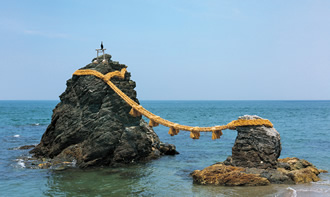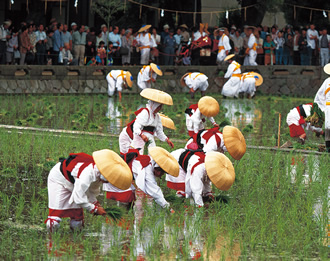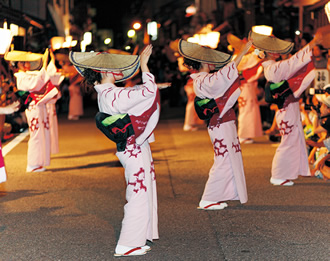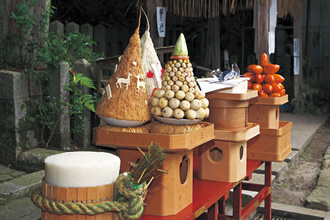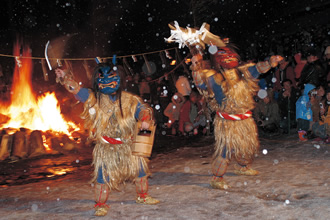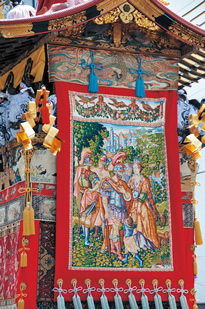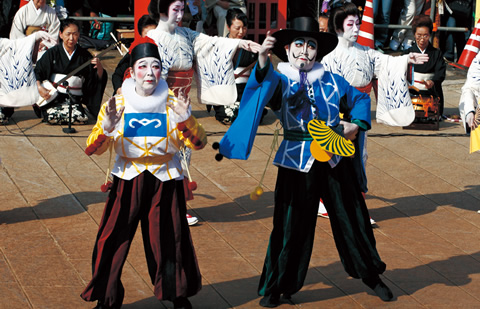niponica is a web magazine that introduces modern Japan to people all over the world.
2018 NO.24
Japanese Festivals Throughout the Year

The Inside Scoop on Festivals in Japan
Japan has plenty of festivals, but how many? And why? Are any linked with other countries? To learn more, we asked Haga Hinata, an author and photographer who publishes books on festivals and their traditions.
Photos courtesy of Haga Library (Haga Hinata, Kadoyama Takashi, Nakata Akira, Shimogo Kazuro), PIXTA
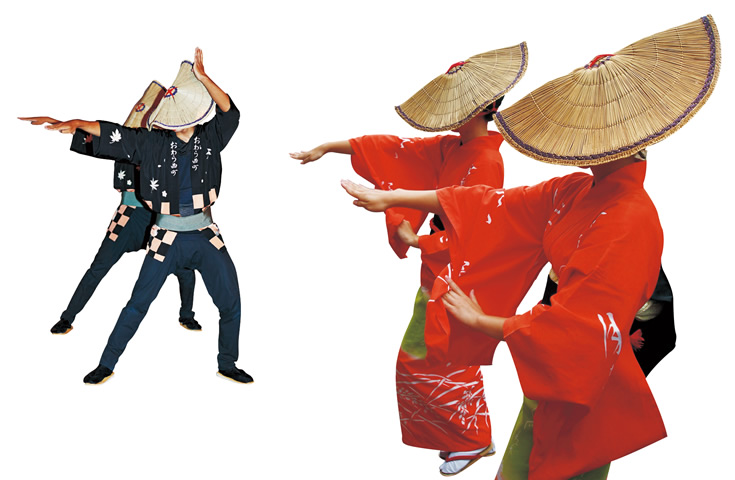
Q1
Why are so many festivals celebrated throughout the year in Japan?
A
Japan has four distinct seasons. When the spring brought back new life, people gathered at festivals to pray for success in farming and fishing. During the hot humid summers, when epidemics used to be common, boisterous festivals provided a way to shake off bad feelings. Some other summer festivals were held to welcome the spirits of ancestors coming to visit this world. Good harvests in autumn called for thanks to be given to the gods for their blessings. Cold winter days were a time to express thanks for a year free from misfortune and hopes for the new year. So you see, the seasons and their changes were celebrated as a way to ask the gods for help in overcoming change and adversity. The result is a wide variety of festivals held throughout the year, even today.
Q2
About how many festivals are celebrated in Japan?
A
There are more than 300,000 festivals that are open to public participation, by one count. Centuries ago in Japan, the belief developed that gods inhabit the world of nature—the sea, the mountains, the rivers—as well as the kitchens and baths of ordinary homes. Even roadside boulders might be included. That’s why some people say there are as many festivals as there are gods. In addition, we cannot forget the various rites and rituals at Shinto shrines and Buddhist temples, plus others in individual homes, which make the total a huge number. In some cases the Shinto gods and Buddha are venerated together, and big snakes and lions and other creatures are sometimes held in awe as spirits. All this shows how the Japanese mind is open to a great diversity of beliefs.
Q3
So, what are the main hopes expressed through these festive occasions?
A
My research indicates eight kinds, including festivals:
・ Originating at Shinto shrines
・ Expressing hope and gratitude for success in farming and fishing
・ Held for good health, safety, and the prosperity of descendants
・ Celebrating important people in history
・ Praying for peace
・ Commemorating the spirits of ancestors
・ Carrying on local traditional celebrations and performing arts
・ More recently introduced to bring vitality to local communities.
Some festivals express two or more of these purposes.
Q4
Do any Japanese festivals show the influence of other countries?
A
Yes. For example, the Gion Festival in Kyoto, which has a tradition of more than 1,100 years, features a grand procession of massive floats (yamahoko). Their gorgeous decorations, as fantastic today as ever, were first seen about 500 years ago. In the Kyoto of those days, they demonstrated the vast financial resources of commercial and industrial businesses, and the great extent of trade with other lands. Ever since, Yamahoko have been decorated with imported goods from Western Europe and Southwestern Asia, such as woven textiles. Another example is the Kunchi Festival in Nagasaki Prefecture. The dances, which remain alive to this day, recall Japan’s connection with the Netherlands about 400 years ago.
Haga Hinata
Festival photographer. He has visited festivals in Japan and 48 other countries, and has written many books regarding festivals, from specialized books to pictorials.




